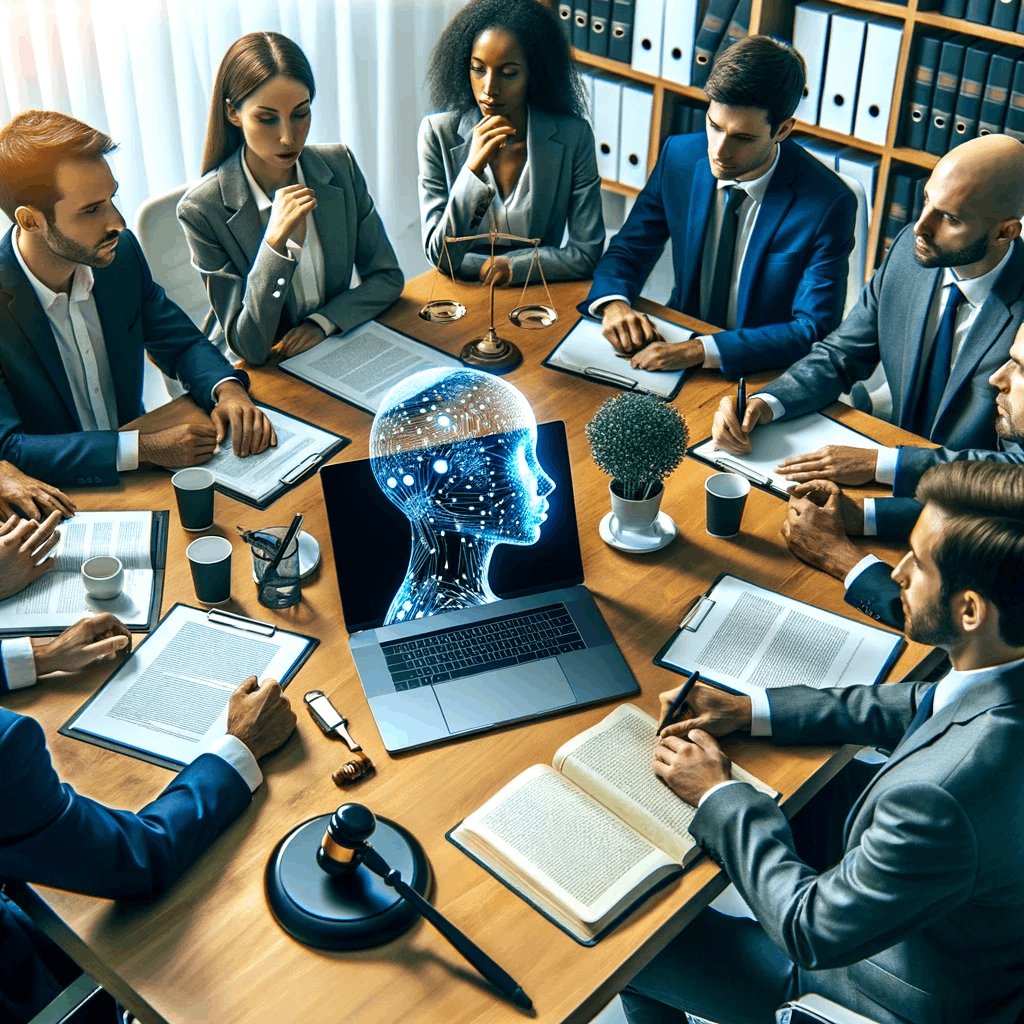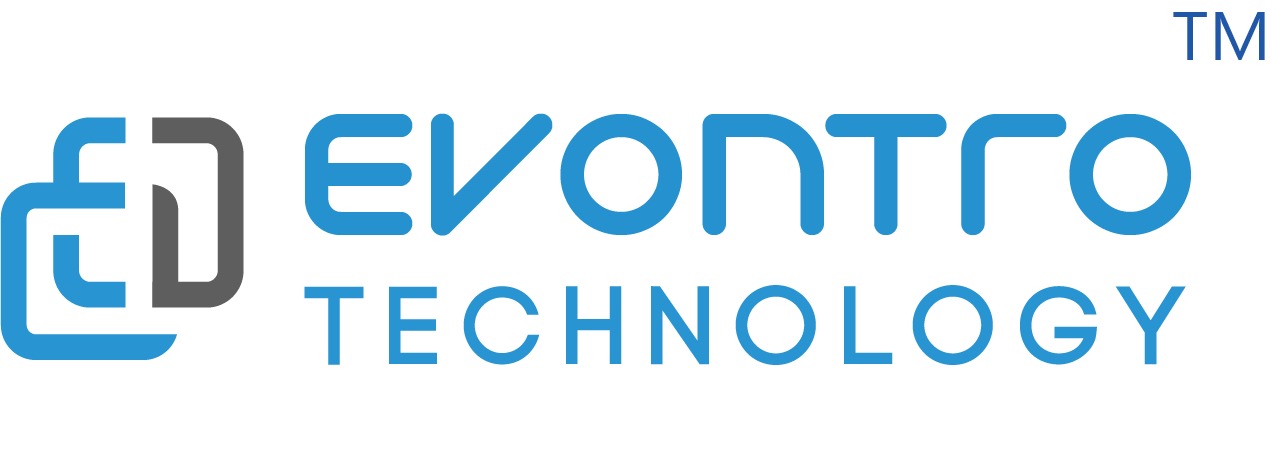In the realm of creativity, Artificial Intelligence (AI) has emerged as a transformative force, capable of generating art, music, and designs that can rival, and in some cases, surpass human creativity. However, the rise of AI in creative processes has given birth to intricate debates about copyright infringement and intellectual property rights. This article delves into the intersection of AI-generated designs and copyright, offering a comprehensive overview of what you need to know.

Understanding AI-Generated Designs
AI-driven design tools use algorithms to create unique patterns, graphics, layouts, and even entire website designs. These tools analyze vast amounts of data, learn from existing designs, and produce novel creations. From fashion to graphic design, and from architecture to gaming, AI is increasingly leaving its mark.
Copyright Basics
Copyright law is designed to protect the original expression of ideas. Typically, when a person creates a piece of artwork, writes a book, or composes music, they automatically have copyright protection for that work. This protection ensures that others cannot reproduce, distribute, or publicly perform the work without the creator’s permission.
The Copyright Conundrum with AI-Generated Designs
- Who is the Creator? Traditional copyright law revolves around human creators. With AI-generated designs, the lines are blurred. Is the creator the developer of the AI software, the operator who ran the program, or the AI itself? Without a human creator, it’s uncertain if such works can be copyrighted at all.
- Originality and Creativity: Copyright protections are usually granted to works that exhibit originality. If AI tools are merely regurgitating designs based on existing data, can they truly be considered original?
- Liability for Infringement: If an AI-generated design infringes upon existing copyrighted material, who is held accountable? Is it the software developer, the user, or no one at all given that the AI acted independently?
Current Perspectives & Legal Stances
- No Rights for Robots: In many jurisdictions, copyright requires human authorship. For instance, the U.S. Copyright Office states that it “will not register works produced by nature, animals, or plants,” implicitly including non-human AI in this category.
- Potential for Change: As AI becomes more entrenched in the creative sphere, there’s a growing argument for revisiting copyright laws. Some advocate for AI to have a form of “robot’s rights,” while others suggest a shared copyright between AI developers and users.
Mitigating Risks of Copyright Infringement
- Data Vetting: Ensure that the data used to train AI models is free of copyrighted material or obtained with appropriate permissions.
- Human Oversight: Introduce human oversight in the AI design process. Humans can review and modify AI-generated designs, ensuring uniqueness and adherence to copyright laws.
- Software Safeguards: Developers can build safeguards into AI design tools, ensuring they avoid replicating copyrighted designs.
- Legal Consultation: Before commercializing or distributing AI-generated designs, seek legal counsel to evaluate potential copyright issues.
The Road Ahead
The intersection of AI and copyright is dynamic and rapidly evolving. As technology advances, legal and ethical considerations will need to adapt to ensure fair protections and avoid stifling innovation.
It’s essential for stakeholders, including artists, designers, developers, and legislators, to engage in open dialogues about AI’s role in creativity. Such discussions can pave the way for balanced copyright frameworks that recognize the unique challenges posed by AI-generated designs.
Conclusion
AI’s foray into the world of design presents both opportunities and challenges. While AI offers efficiency and novel design paradigms, it also treads on the sensitive ground of copyright infringement. As we continue to navigate this uncharted territory, understanding the intricacies of AI-generated designs and copyright becomes crucial. Only through knowledge, adaptation, and collaboration can we harness AI’s creative potential while respecting the sanctity of intellectual property.

